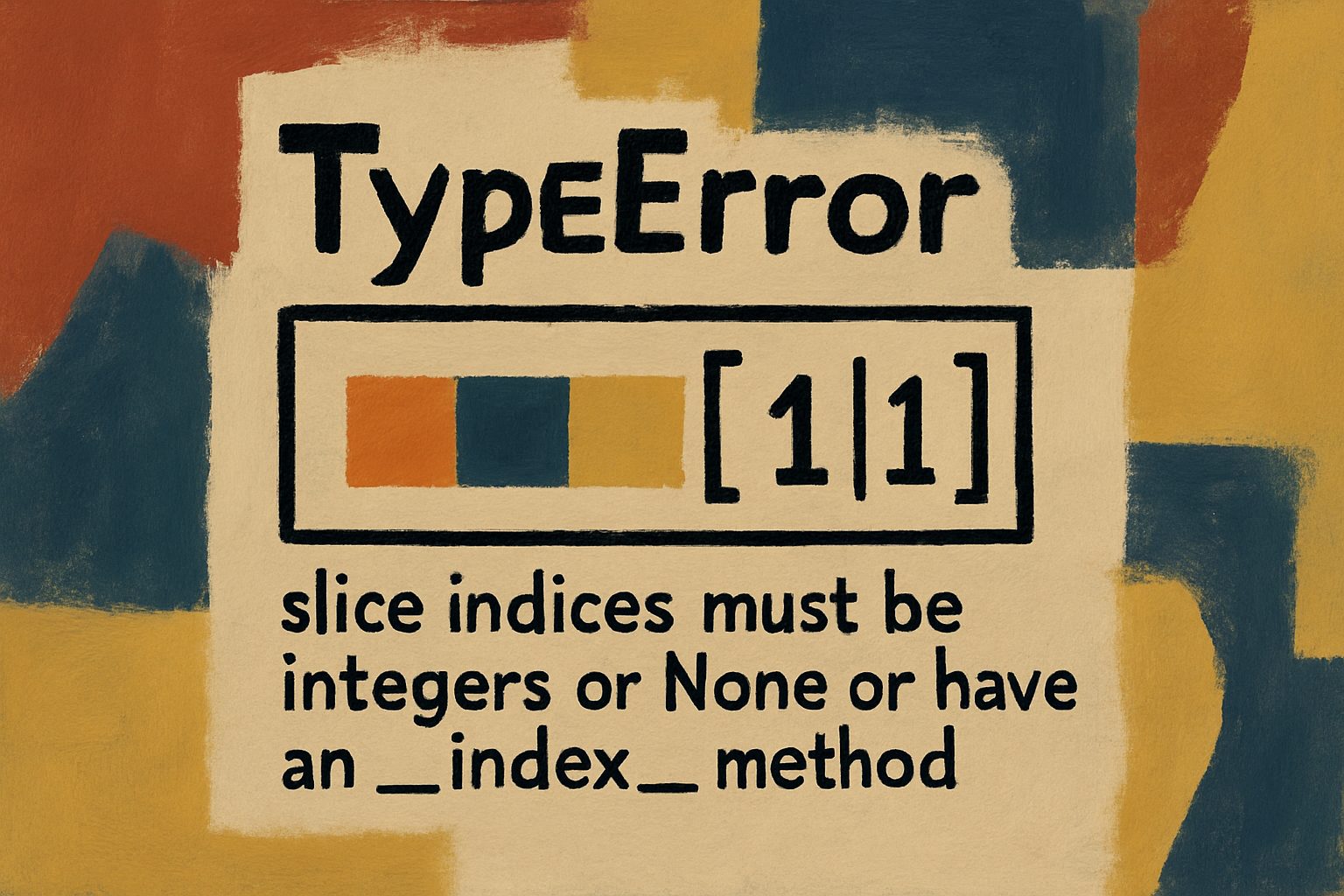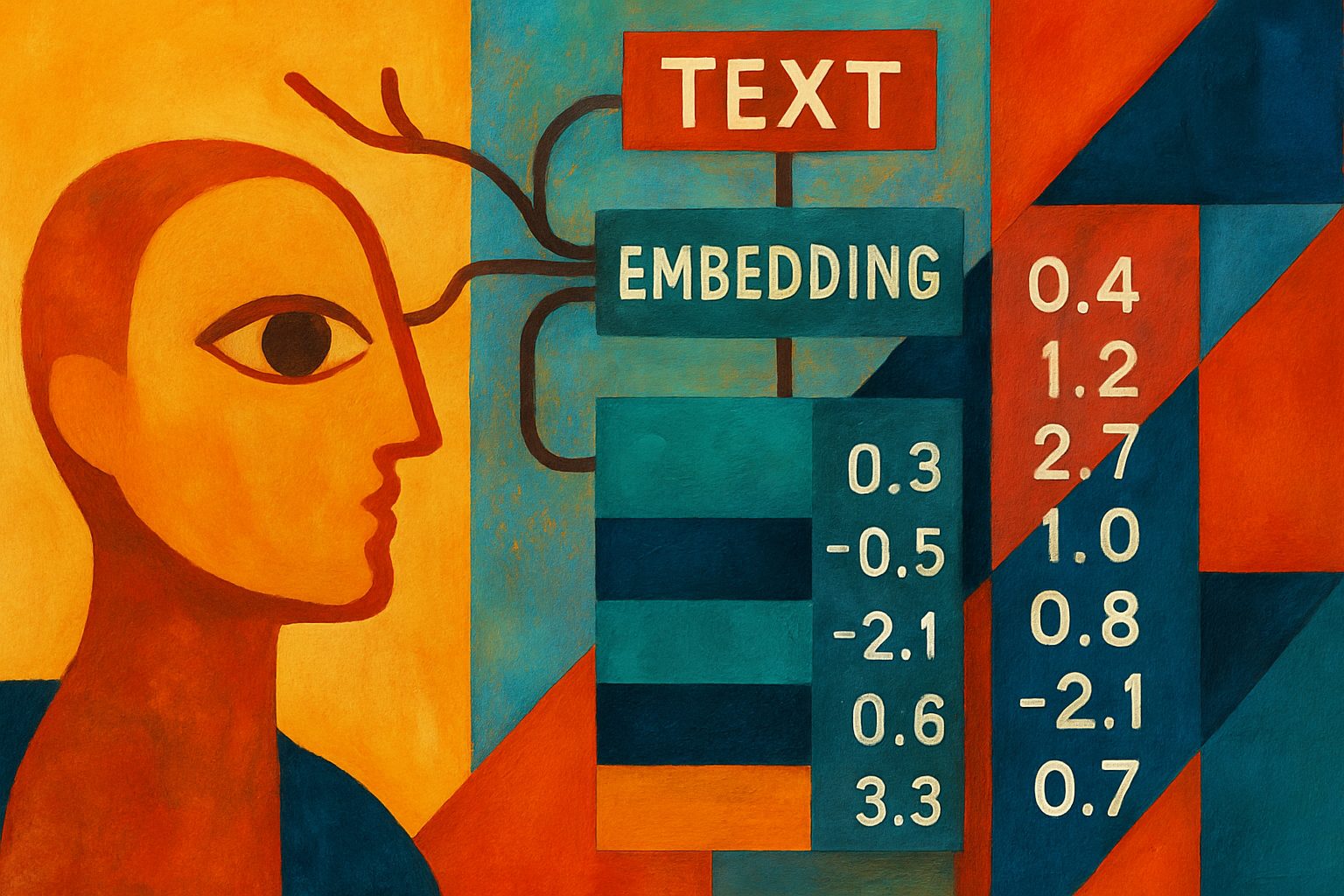
When programming in Python, particularly in the context of manipulating sequences such as lists, strings, or tuples, developers may encounter the following error:
TypeError: slice indices must be integers or None or have an __index__ method
This error typically occurs during slicing operations, a core feature in Python that allows for the retrieval of subsets from sequences. Understanding the underlying causes of this error and how to rectify it is crucial for developing robust and error-free code.

What Causes the Error?
The error message signifies that the slice indices provided are neither integers nor None, nor do they implement the __index__ method. In Python, slicing follows the syntax sequence[start:stop:step], where start, stop, and step are expected to be integers or None. If any of these parameters are of an unsupported type, a TypeError is raised.
Common Scenarios Leading to the Error
- Non-integer Indices:
This scenario arises when float, string, or other non-integer types are passed as slice indices.
python
my_list = [1, 2, 3, 4, 5]
slice_start = 1.5 # float instead of int
sliced = my_list[slice_start:3] # Raises TypeError
- Incorrect Use of Objects:
This occurs when objects that do not implement the__index__method are passed. Only objects that can be converted to an integer via__index__are acceptable.
“`python
class Indexable:
pass
my_list = [1, 2, 3, 4, 5]
index = Indexable()
sliced = my_list[index:3] # Raises TypeError
“`
- Dynamic Slicing with User Input:
This situation arises when slice indices are derived from user input or other sources without proper validation or conversion to integers.
python
my_string = "Hello, World!"
user_input = "5" # String instead of integer
sliced = my_string[:user_input] # Raises TypeError
How to Resolve the Error
To rectify this error, it is essential to ensure that all slice indices are either integers or None. Below are effective strategies to avoid this issue:
1. Validate or Convert Slice Indices to Integers
Before performing a slicing operation, confirm that the indices are of the appropriate type.
my_list = [1, 2, 3, 4, 5]
slice_start = 1.5
# Convert to integer using int() or other appropriate methods
slice_start_int = int(slice_start)
sliced = my_list[slice_start_int:3]
print(sliced) # Output: [2, 3]
2. Handle User Inputs Appropriately
When slice indices originate from user input, validate and convert them to integers safely.
def get_slice(input_start, input_stop):
try:
start = int(input_start) if input_start is not None else None
stop = int(input_stop) if input_stop is not None else None
return my_list[start:stop]
except ValueError:
print("Slice indices must be integers or None.")
return []
my_list = [1, 2, 3, 4, 5]
user_start = "1"
user_stop = "3"
sliced = get_slice(user_start, user_stop)
print(sliced) # Output: [2, 3]
3. Implement the __index__ Method in Custom Classes
If custom classes are used to represent indices, ensure that they implement the __index__ method to allow for their use as slice indices.
class Indexable:
def __init__(self, value):
self.value = value
def __index__(self):
return int(self.value)
my_list = [1, 2, 3, 4, 5]
index = Indexable(2)
sliced = my_list[index:4]
print(sliced) # Output: [3, 4]
4. Use Conditional Logic to Handle Different Types
In cases where slice indices may vary in type, utilize conditional statements to manage each case appropriately.


